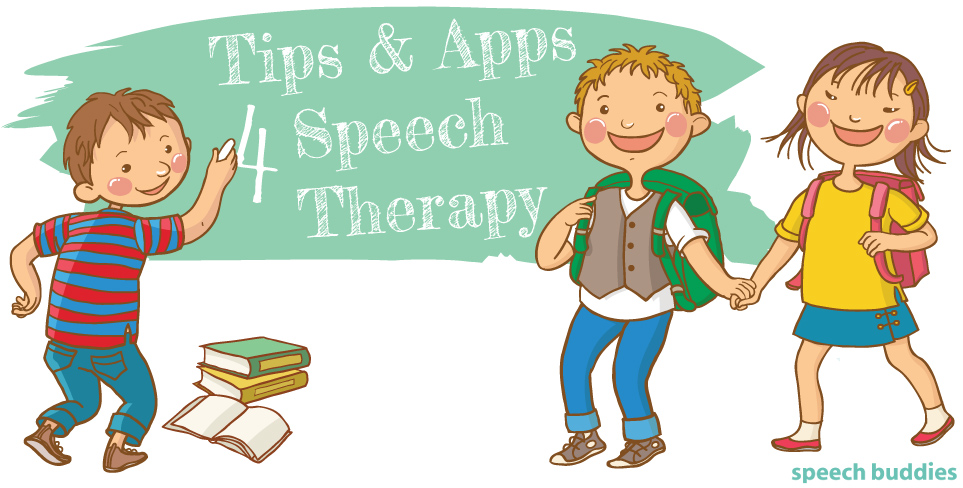 This blog post is for parents who would prefer not to sound like Ben Stein’s class in the iconic John Hughes’ comedy from the 1980’s, Ferris Bueller’s Day Off. “Anyone…anyone?” As your child moves through his or her speech therapy goals, being involved for even a few minutes, three to five times per week, can be enormously beneficial. This is especially true when your child is in the process of practicing a new speech or language behavior that he has learned, but has not yet mastered. Because our children have a lot on the plates, and we as parents don’t want to overwhelm them, I recommend embedding this home-based speech practice into what they already are doing. This often takes the form of games or other overtly play-based activities, as opposed to worksheets, books or anything that could be construed as “work.” Since each age group tends to have different play interests, this post is organizes the choices of games for practicing speech sounds according to age, from birth to age 3, preschool age (age 3 to 5), school age (age 6 to 9), and pre-adolescents (age 10 to 14).
This blog post is for parents who would prefer not to sound like Ben Stein’s class in the iconic John Hughes’ comedy from the 1980’s, Ferris Bueller’s Day Off. “Anyone…anyone?” As your child moves through his or her speech therapy goals, being involved for even a few minutes, three to five times per week, can be enormously beneficial. This is especially true when your child is in the process of practicing a new speech or language behavior that he has learned, but has not yet mastered. Because our children have a lot on the plates, and we as parents don’t want to overwhelm them, I recommend embedding this home-based speech practice into what they already are doing. This often takes the form of games or other overtly play-based activities, as opposed to worksheets, books or anything that could be construed as “work.” Since each age group tends to have different play interests, this post is organizes the choices of games for practicing speech sounds according to age, from birth to age 3, preschool age (age 3 to 5), school age (age 6 to 9), and pre-adolescents (age 10 to 14).
Tips & Apps to Help with Speech Therapy
Speech Therapist Technology Every September, I can’t help but chuckle at that classic commercial from Staples, the office supply retailer. The father in the spot is jubilant and the kids are anything but. We all experience this to a certain extent; when you work with or have your own children (or both!) summer is a time to chill, to vege, to eschew routine and schedules. It’s healthy, even essential to take a break. I love the work I do, but I do admit to feeling a little like the kids in this commercial. Everything these first couple of weeks can seem a little more challenging: from motivating our kids and getting back into the swing of the school routine, to managing schedule sessions and home-based exercises, to tracking down great new educational games and materials. Here are some tips and apps to help with speech therapy, they’ll make this transition back to school and the “work mentality” a little bit easier for everyone.
Every September, I can’t help but chuckle at that classic commercial from Staples, the office supply retailer. The father in the spot is jubilant and the kids are anything but. We all experience this to a certain extent; when you work with or have your own children (or both!) summer is a time to chill, to vege, to eschew routine and schedules. It’s healthy, even essential to take a break. I love the work I do, but I do admit to feeling a little like the kids in this commercial. Everything these first couple of weeks can seem a little more challenging: from motivating our kids and getting back into the swing of the school routine, to managing schedule sessions and home-based exercises, to tracking down great new educational games and materials. Here are some tips and apps to help with speech therapy, they’ll make this transition back to school and the “work mentality” a little bit easier for everyone.
I Think My Child Needs Speech Therapy – What Now?!
Financial Resources Individualized Education Program (IEP) State ResourcesThis question, and its associated anxiety, can dawn on any parent at any stage in their child’s development. In fact, approximately 10% of school-age children in the United States are living with some form of a communication challenge. Even though communication challenges are quite common, it can be difficult and confusing to navigate the journey from the first moment of concern to a child finally receiving the appropriate services. This guide aims to provide you with some of the very first steps about whom, besides yourself, shares responsibility for setting your child on track for success — especially when you’re realizing, “I think my child needs speech therapy!”
Introducing the New Bitsboard Speech Buddies iPad Games
Apps TechnologyPlay Speech Games on Bitsboard!
If you haven’t come across Bitsboard yet, you’re really in for a treat! It’s a great free app, available on both iPad and Android tablets; used in conjunction with Speech Buddies Tools, it’s a fun and productive way to squeeze in some crucial follow-up work with your child.

4 Tips for Managing Difficult Behaviors in Children
Speech Therapist Speech Therapy TechniquesAs SLPs, we have all dealt with our share of difficult behavior. I’ve certainly found myself at a loss for how to approach a client that has trouble with focus, motivation, or simply keeping “in line.” After all, we work with children, so this should be expected to a certain degree. However, challenging behaviors can get in the way of our work, and we must do everything we can to avoid them. When they do occur, we must be prepared with reliable strategies to minimize their negative impact on the session at hand, and ultimately, on our entire therapeutic interaction with that client. The four strategies described below will provide you with a plan for managing difficult child behaviors as they arise, and getting you back on track with your therapy.
Continue reading





